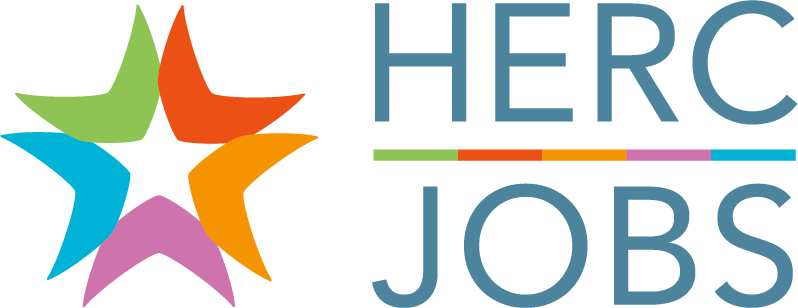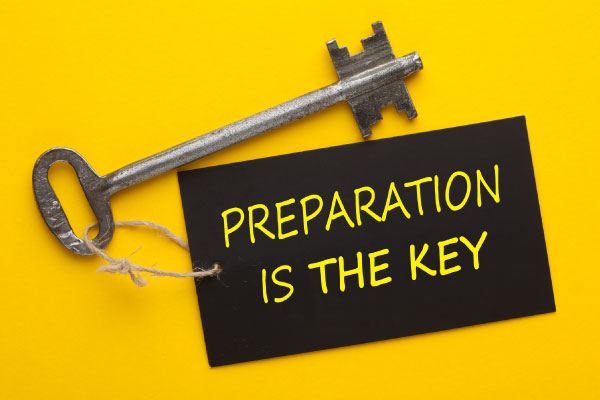5 Ways to Always Be Ready for a Job Change
A job change is sometimes part of your strategic career growth plan, and sometimes, well, it becomes a necessity because of something completely outside of your control. And let’s be honest, that latter scenario somehow also seems to occur at exactly the wrong time in your life. So, what is a professional to do? The answer is in fostering a philosophy to always be ready so that when it is time for you to make a move—whether by choice or not—you don’t find yourself in the overwhelming abyss of having to spend hours and hours polishing up your resume, updating your LinkedIn profile, networking out the blue, and more.
Here are 5 things to make part of your ongoing professional maintenance routine:
1. Keep your LinkedIn profile updated
Reviewing your LinkedIn presence is a great starting point since LinkedIn has become such a relevant place where employers search for candidates, but there’s so much you can do on LinkedIn that it can be overwhelming. Take a step back and make sure your basics are all set first. From there, you can focus on the section detailing your current job and ensuring that the information is still relevant and representative of all your skills, as well as any growth you’ve achieved. If it helps, put yourself on a schedule to do one update every week or month. For more tips on optimizing your LinkedIn profile, check out our free webinar.
On those days when you’re not feeling up to a task related to adding text content, choose a different type of activity, such as updating your background or headshot, or posting an industry-relevant update to your network. The goal is to keep your content fresh and that doesn’t always have to be about adding or editing bullets. Worried about what your current employer will be thinking when they see all your awesome new updates? Simply turn off notifications so your changes aren’t blasted to your LinkedIn network.
2. Regularly review your resume
You’re already off to a good start updating your resume if you’re following the guidance above regarding your LinkedIn profile since some of the content will overlap. Simply set up a regular interval for updating your resume too—it’s so much better than saving it for when you’re under stress and in dire need of a new job. One tangible way to make your resume updates easier is to keep a list of key accomplishments that you update at least once a month and only include activities that may be resume-worthy. Then, you can take those achievements and more easily update your formal resume every six months or so.
3. Continuously cultivate your network
True networking isn’t something you do only when you need it. Keeping in touch with professionals that you respect should be part of a continuous process. Your long-term professional relationships can provide you with valuable career insights, support, and advice. In fact, these trusted sources can also be your allies to review your resume and LinkedIn profile.
To get practicable about your networking efforts, set yourself a calendar reminder to reach out on regular intervals—whether it’s a quick text, a comment on one of their career-related social media posts, or an invitation to meet up for coffee. This proactive and ongoing approach will not only be a huge benefit when you really need it but will also enrich your professional life with different perspectives. If you need help cultivating a network from scratch, there are several resources available to help you identify contacts, hone your pitch, and more, such as the steps to building your online network in this article and the tips to strengthen your network in this article. Don’t forget to make sure all your networking contacts are part of your LinkedIn network too.
4. Keep learning
In today’s fast-paced environment, stagnant skills really shouldn’t be an option. There are so many easy ways to ensure you’re staying on top of new trends and learning new tools. Set up a folder with bookmarks to the best blogs for your industry and scroll them once a week. Take a Udemy or other comparable course once a quarter. Find a social media influencer relevant to your industry and commit to following what they have to say (bonus to also engage with them). Join a relevant group and enhance your engagement in your current or desired new field. Learning doesn’t have to be getting your Masters – learning can be as simple as ensuring that you have a pulse on the latest trends and tools and embrace them in your work. This will show current and future employers that you’re curious and adaptable to change.
5. Clean up your social media accounts
For most industries, paying attention to what you’re conveying on social media is more important than ever. Simply put: if you have an online presence, remind yourself to periodically check your accounts and make sure the content is reflective of the image you’d want to portray to any future employer. Consider removing or privatizing content that might undermine your professional image. Finally, strive for consistency across platforms in terms of professionalism and messaging. As a bonus, you can curate a professional, industry-specific social media presence to show your enthusiasm about your career path, which in turn will make you more visible to prospective employers.
If you’re feeling too busy to accomplish all these ideas, pick the one or two you know you can stick to for now and establish a rhythm. Only you will know which would be best for your specific industry or job role. Once you get into the habit, adding another item to the repertoire won’t be as big of a deal. And, ultimately, making a career change won’t be as daunting or stressful, and could even become an empowering fun challenge.
Check out Top Articles on HERC Jobs.
About the Author: Sara Jane Todd is a marketing and communications professional with 20+ years of experience across various disciplines and industries. Sara’s biggest passion is developing clear, concise, compelling messaging and branding—ensuring a consistent voice across all marketing touchpoints. She believes that same philosophy applies to how you market yourself.

